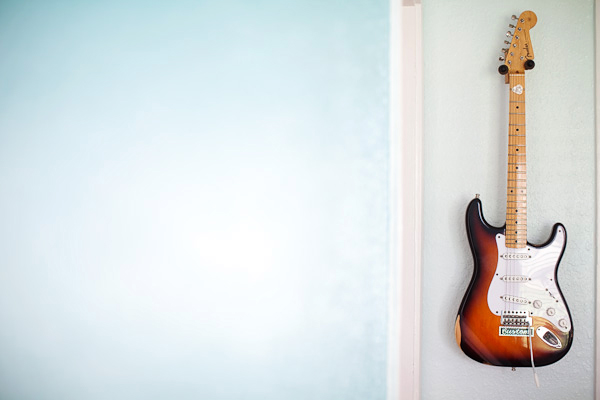Get a tripod.
Tripods come in all sizes and price points - just make sure to get one that is sturdy enough to hold your camera. Those big guns like my Canon 5D Mark II get really heavy. Using a tripod for product shots works wonders in both natural light and low-light detail situations, especially if you want to get lots of stuff in nice focus. But for this post, we're all about that low light situation, inside with just your average household lamps. This is for detail product photography only - not people.
Shooting portraits in this light would just be a hot mess. Trust me.
So here's my lazy person set up:
- stuff to photograph (globes)
- camera on tripod
- two basic floor lamps (different lamps will produce different results, so just try it out)
- white balance set to Tungsten light (I usually stick with AWB but not in this situation)
So let's say you don't have a tripod. This is what happens when you have to use a slow shutter speed to let in more light. Anything handheld slower than 1/50th second is going to look bad.
The other option you have (if you don't have a tripod) is to use flash. Here's an example of the Canon 40D's standard pop up flash. See those big shadows and bright highlights on the globes? Meh.
Low light + details + camera + tripod = yay! In the photo above I only have one light on in the room - lamp #1 (on the right.) It works nicely, but if you want to fill in a little more shadows / darkness on the left of the globes... you could turn on lamp #2.
And here it is, a globe shot with both floor lamps turned on. These images have a little editing in Photoshop. There is so much more to work with when you shoot detail shots with a tripod. So the next time you want to take detail shots but it's already dark outside - get out your tripod. And remember, that tripod is great for anytime you're shooting product / detail photography - even when there's still window light to use.











